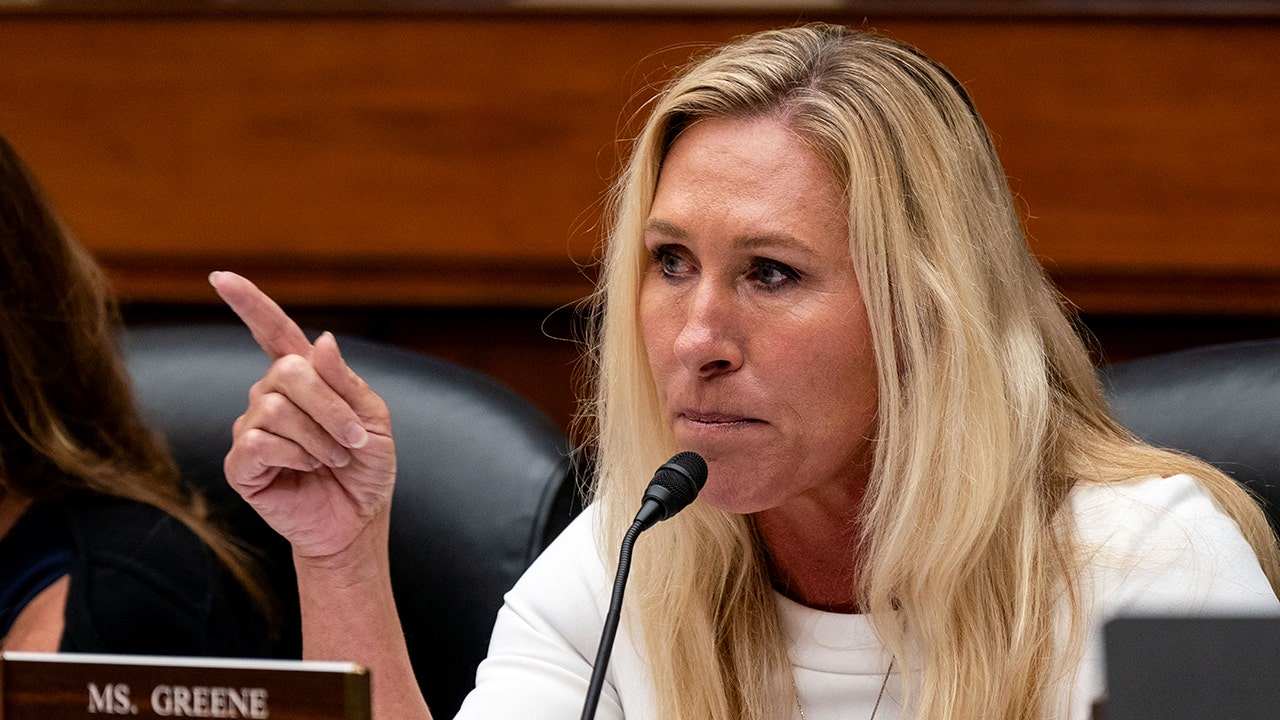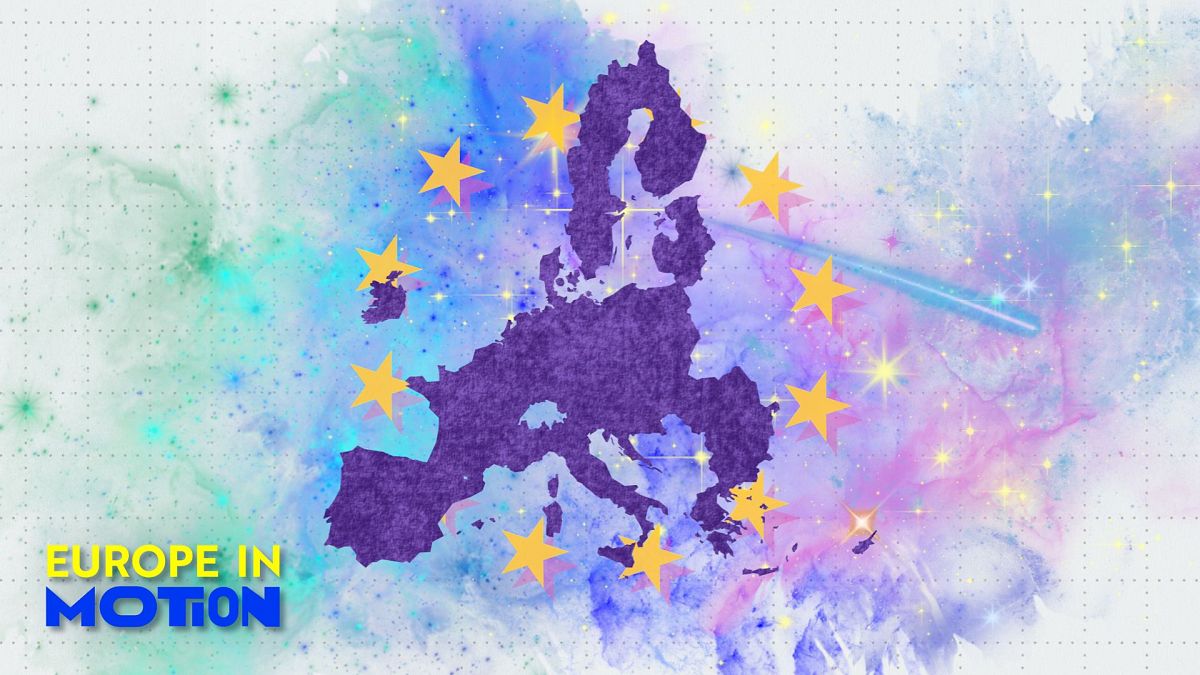San Diego, CA
Honor Flight San Diego celebrates veterans at World War II ending celebration

SAN DIEGO (KGTV) — Honor Flight San Diego honored World War II veterans, as well as vets from the Korean and Vietnam wars, at a ceremony at Liberty Station Sunday.
Hundreds of people attended the celebration commemorating the end of World War II. Veterans told ABC 10 News they enjoyed being around each other while remembering their service together.
“We all have something in common,” Albert Breland, a Vietnam War veteran, said. “There’s nothing like being with veterans.”
Honor Flight San Diego takes veterans on trips to Washington, D.C., to see memorials commemorating their service.
But on Sunday, the organization has numerous veterans in the same room, celebrating the end of World War II.
That means honoring people like 102-year-old World War II vet Max Gurney.
“I’m here for the ones who didn’t come back,” he says. Gurney took an honor flight to Washington, D.C. too. He’s happy to be at Liberty Station to share and listen to stories.
“I feel very close to them,” he added.
From a different generation and a different war, Rick Mcilmoil drove down to San Diego from Los Angeles with a newspaper. The Vietnam vet showed off his 1945 newspaper from the night the U.S. declared World War II over. While it’s dated long before his service began, the series of torn sheets connect him further to vets before him.
“It’s fun seeing everyone else who has walked in my shoes,” he said.
Though it’s the sacrifice and dedication to their country that ties them all together, it’s the conversations that make days like Sunday special.
“I like to hear them talking. Everyone has an interesting story,” Gurney added.
The next Honor Flight trip leaving San Diego for Washington, D.C., is scheduled to leave at the end of September.
Honor Flight is also collecting letters and cards for the 90 war veterans who are going on that trip.
For more information, click here to learn more.

San Diego, CA
What did Kevin McCallister’s parents do for a living? ‘Home Alone’ director speaks out

Originally appeared on E! Online
“Home Alone” director Chris Columbus finally put an end to the incessant wondering as to where Kevin McCallister’s parents got the funds to afford their beautiful—and massive — Chicago mansion.
“Back then, John [Hughes] and I had a conversation about it,” Columbus explained to The Hollywood Reporter in an interview published Dec. 24, “and we decided on what the jobs were.”
So what did Kevin McCallister’s parents do exactly? Well, the movie actually included a few hints. If you took note of the dancing mannequins Kevin (Macaulay Culkin) placed in the window to ward off the criminals Harry (played by Joe Pesci) and Marv (played by Daniel Stern), you may have guessed that Catherine O’Hara’s Kate McCallister “was a very successful fashion designer,” according to the director.
As for John Heard’s Peter McCallister, the details are a bit more fuzzy.
“The father could have, based on John Hughes own experience, worked in advertising,” the 66-year-old noted, “but I don’t remember what the father did.”
He did, however, know one thing for sure: Peter did not have a talent for forensics.
“Not organized crime,” he added, “even though there was, at the time, a lot of organized crime in Chicago.”
And with the mystery solved, you can finally practice your “Kevin!” pose in peace. After all, Culkin and Brenda Song’s sons are already doing the same.
“He thinks he’s Kevin,” Culkin recently told E! News of his oldest Dakota, 3. “I’m like, ‘Do you remember going down that down the stairs on the sled?’ He’s like, ‘Mmhmm, yep. Sure do.’ I’m like, ‘Do you remember when he had yellow hair?’ And he’s like, ‘Uh-huh, yep.’”
“‘You’re a lying liar who lies,’” he recalled joking to his son. “That was me!’”
But Culkin’s brother Kieran Culkin — who shares daughter Kinsey, 5, and son Wilder, 3, with wife Jazz Charton—hasn’t quite had the same experience with his kids. In fact, he recently revealed that his children have yet to even see the movie.
“There’s still some scary parts,” the 42-year-old explained to E! News earlier this month. “For the 3-year-old, there’s the tarantula [and] there’s the guy at the end who said, ‘I’m gonna bite off all your fingers.’ That’s scary for a 3-year-old.”
However, the “Succession” star did tease that the first-ever family screening may be coming soon.
“We think they might be ready for “Home Alone” this year,” he revealed. “If not, next year.”
San Diego, CA
Got a medical question? This East County library has answers.

Everyone has medical questions at one time or another, and it’s tempting to search the internet for answers instead of making a doctor’s appointment.
But that doesn’t always lead to the best information, said Holland Kessinger, head librarian at the Health and Wellness Library in La Mesa.
“Anybody can put anything out on the internet,” she cautioned. “We want people to really develop their health literacy and discern what quality and authoritative, reliable health information looks like, and Google is not always it.”
Kessinger said good advice can be found online, and staff at the library can help lead people to reliable sources such as MedLine Plus. For people who want hands-on material, the library has a collection of almost 5,000 items, including books on specific diseases, cookbooks in a nutrition section and children’s material with a play area.
There’s also a DVD section of health-related movies and TV shows plus stations where people can check their blood pressure for free and small offices for patrons to research in private.
“We’re often stressed and emotional when we receive information about our health,” Kessinger said. “And so giving people quality information is really, really key to helping them stay healthy and get help.”
The library is at 9001 Wakarusa St., La Mesa, and was opened in 2002 by the Grossmont Healthcare District, which still runs it.
The district includes Alpine, El Cajon, Harbinson-Crest, Jamul, La Mesa, Laguna-Pine Valley, Lakeside, Lemon Grove, Mountain Empire, Santee, and Spring Valley. District residents can get a library card and check out material, while the library itself is open to anyone for on-site research.
Residents in the district also get priority to participate in programs such as fitness classes and Wellness Wednesday talks, and Kessinger said the library had just over 9,000 visitors in 2023 and about 3,100 in the last quarter.
For district residents who can’t make it to the brick and mortar building, a mobile version will be coming to them sometime in the spring.
Grossmont Healthcare District CEO Christian Wallis, who has referred to the library as the best-kept secret in the county, said a van is being retrofitted and will bring library material to different areas of the district when it is up and running.
“Our library is a unique community resource and one of only a few consumer health libraries in the country,” he said. “The number of users from the immediate surrounding area has grown over the years. The Board of Directors’ intention in developing the mobile outreach library is to ensure everyone in East County has access to high quality, reliable health information.”
Kessinger said the library is not unlike any public library, although this one has just one section.
“It’s consumer health written for the average person,” she said. “Not for a medical professional, not doctors, not nurses, but for the average consumer. So there are very, very few public libraries that focus just on consumer health.”

The library, the only one of its kind in the county, includes an art gallery that is changed quarterly and currently features work created by participants in Family Health Center’s PACE (Program of All-Inclusive Care for the Elderly) program. In January, the gallery will feature work created by the San Diego River Artists Alliance.
One section is for health careers and used by many students in Grossmont Union School District’s Health Pathways program. Students and other visitors can find books on dental schools, medical emergency dispatching and how to become a nurse or a certified nursing assistant, among other subjects.
The library also has sections on men’s and women’s health, a display a vintage medical equipment and plastic models of human organs.
Originally Published:
San Diego, CA
San Diegans rush to grocery stores for last-minute Christmas, Hanukkah essentials

In the final hours before Christmas and Hanukkah, San Diegans flocked to grocery stores across the region to pick up their final – and some forgotten – items ahead of their holiday feasts.
“We’re getting some rye bread, some turkey, some tongue, which is a Jewish deli specialty. It may turn some folks off, but it’s delicious,” Zach Bunshaft said.
Bunshaft was part of a group of 16 relatives gathering Tuesday at D.Z. Akin’s deli in La Mesa for their annual Hanukkah celebration.
“Family,” he and his mother, Lori, said in unison, when asked about their favorite part of the holidays.
“And food — memories of good food,” she added. “The latkes, fried foods, brisket, getting together with family.”
At El Indio Mexican Restaurant, that same love of food and family meant the line for tamales and masa stretched out the door.
“It’s been fun,” El Indio manager Ed Sanchez said. “Seeing the people happy, getting here with their families, and I know they’re getting together tonight, so yeah, that’s the happiest thing for us.”
Sanchez said the restaurant — which has been open since 1940 — has sold more than 25,000 tamales in December alone and sold at least 5,000 pounds of masa on Tuesday for families to gather and make tamales themselves on Christmas Eve.
“I remember making them with my great-grandmother, my grandmother, my mom, my whole extended family, and now we make it with our nieces and nephews and just, it’s a really nice tradition,” Diana Cantu said.
-
/cdn.vox-cdn.com/uploads/chorus_asset/file/24924653/236780_Google_AntiTrust_Trial_Custom_Art_CVirginia__0003_1.png)
/cdn.vox-cdn.com/uploads/chorus_asset/file/24924653/236780_Google_AntiTrust_Trial_Custom_Art_CVirginia__0003_1.png) Technology5 days ago
Technology5 days agoGoogle’s counteroffer to the government trying to break it up is unbundling Android apps
-

 News6 days ago
News6 days agoNovo Nordisk shares tumble as weight-loss drug trial data disappoints
-

 Politics6 days ago
Politics6 days agoIllegal immigrant sexually abused child in the U.S. after being removed from the country five times
-

 Entertainment6 days ago
Entertainment6 days ago'It's a little holiday gift': Inside the Weeknd's free Santa Monica show for his biggest fans
-

 Lifestyle6 days ago
Lifestyle6 days agoThink you can't dance? Get up and try these tips in our comic. We dare you!
-

 Technology1 week ago
Technology1 week agoFox News AI Newsletter: OpenAI responds to Elon Musk's lawsuit
-
/cdn.vox-cdn.com/uploads/chorus_asset/file/25672934/Metaphor_Key_Art_Horizontal.png)
/cdn.vox-cdn.com/uploads/chorus_asset/file/25672934/Metaphor_Key_Art_Horizontal.png) Technology1 day ago
Technology1 day agoThere’s a reason Metaphor: ReFantanzio’s battle music sounds as cool as it does
-

 News2 days ago
News2 days agoFrance’s new premier selects Eric Lombard as finance minister


















